Trail Moments with Four Baltimore Trail Advocates
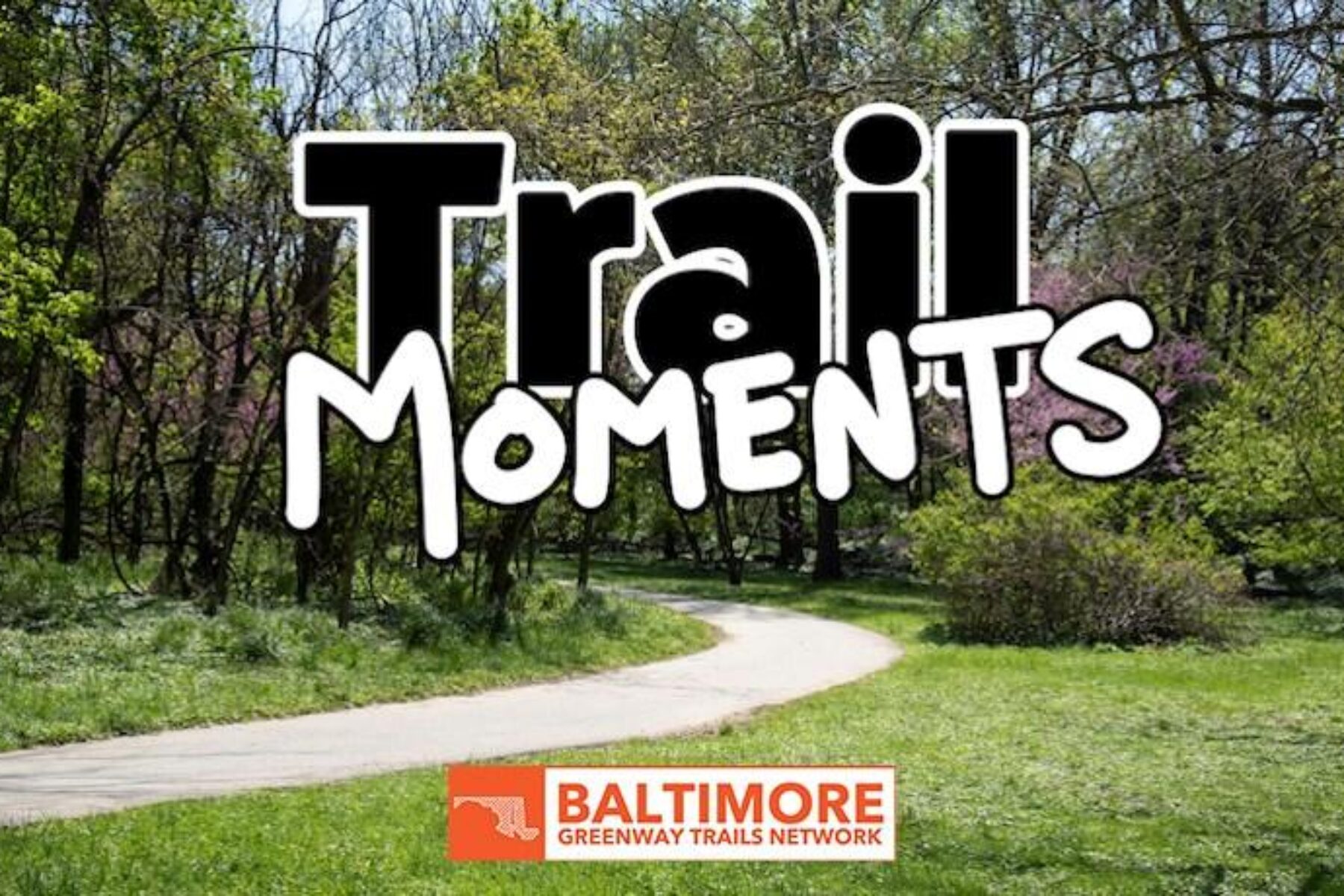
We caught up with four Baltimore trail advocates who are all also part of the Baltimore Greenway Trails Coalition to learn about their Trail Moments during the COVID-19 pandemic and what the trail network means to them and for their community.
Come with us and explore the trails that are part of the Baltimore Greenway Trails Network and the stories of the people supporting it!
Over the past year, millions of people nationwide have relied on their local trails for essential access to the outdoors. But have you ever found yourself wondering about the people who care for your local trail?
Like in many communities, the trails in Baltimore have provided ways for people to get around, focus on wellness, connect with loved ones and simply enjoy nature while staying close to home. Special to Baltimore, however, are the Baltimore Greenway Trails Network and the people and organizations who are behind it, the Baltimore Greenway Trails Coalition.
The Baltimore Greenway Trails Network, a TrailNationTM project, will one day connect the city of Baltimore with 35 miles of multiuse pathways connecting more than 75 neighborhoods. This transformative community led project will unite the city with safe and healthy transportation and recreation options and deliver economic and social benefits for the region. As of April 2021, only 10 miles of critical gaps remain to complete the trail network. With that Baltimore City adopting the trail network as an official plan in 2018, it’s clear that the whole city is pushing forward on this project.
I’ve been proud to support the Greenway Trails Network since its inception because it spreads equitable access to open space, recreation, and safe alternative means of transportation – including walking, biking, and riding scooters – to more of our neighborhoods. https://t.co/vSgKcnQ2Ay
— Brandon M. Scott (@MayorBMScott) March 8, 2021
Patty Dowd, Coordinator of Friends of Herring Run Parks
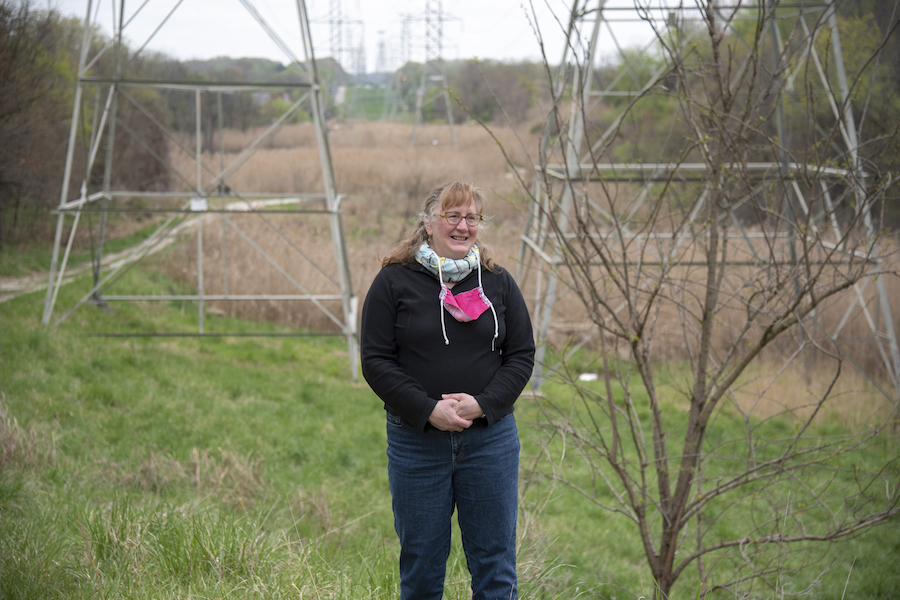
“It’s like a rediscovered beautiful place right in their backyard.”
Patty Dowd works as the coordinator for Friends of Herring Run Parks (FHRP). The community-based organization is dedicated to preserving, protecting and promoting the park housed in the northeast corner of Baltimore. She loves the park and is passionate about maintaining the landscape’s natural beauty and educating people about the history of the area. She believes that learning the stories of those who came before “gives a sense of place for people, and a sense of pride when they know what the history is of their neighborhood.”
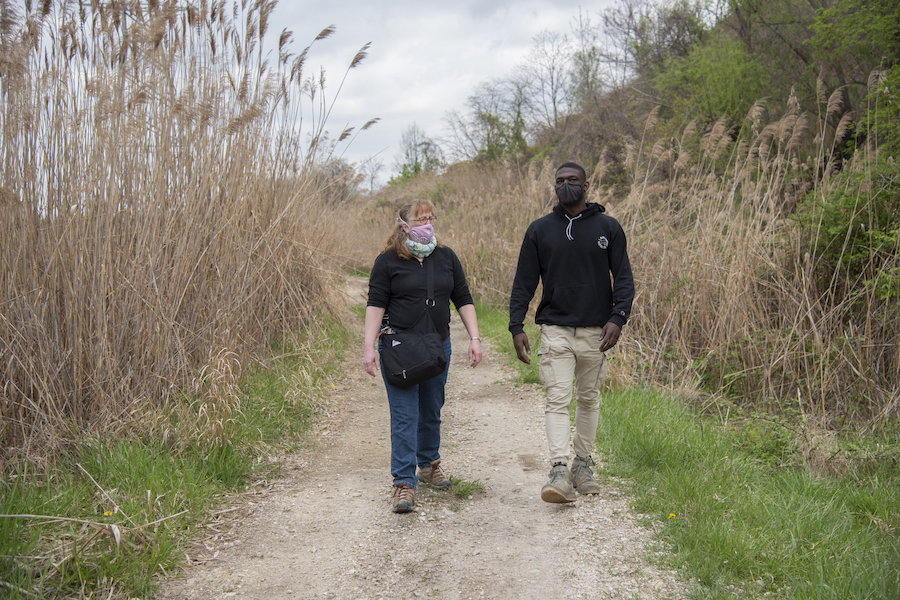
Dowd is deeply invested in working to further the trail network. FHRP recently received funding to create a virtual heritage trail about the African American and Native American influences on the area. They’ve even found some arrowheads in the park. Alongside Ethan Abbott, Baltimore Greenway Trails Coalition project manager, she is working to fill a gap in the trail network that would connect Lower Herring Run Park to Southeast Baltimore via a nearby Baltimore Gas and Electric utility corridor.
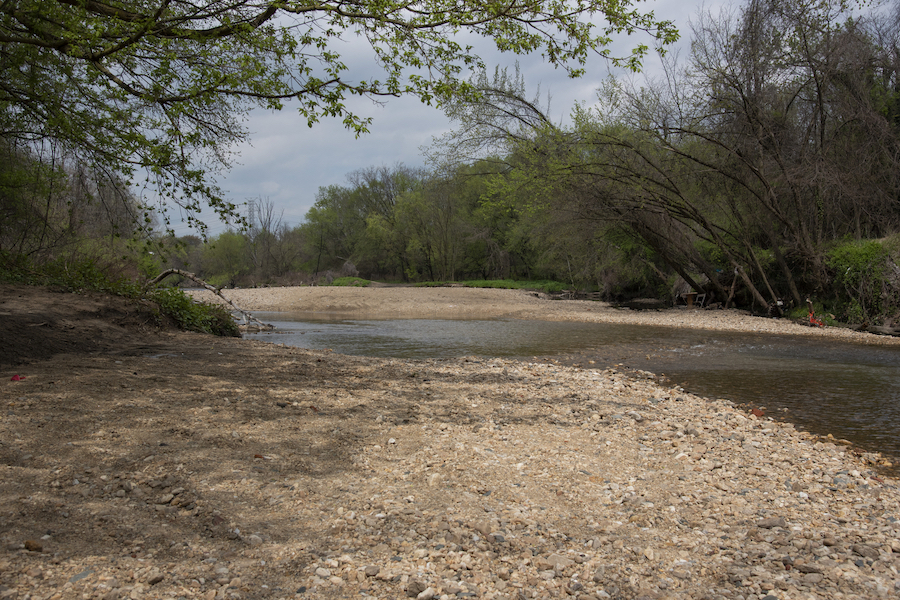
She believes the park serves as a physical and mental health oasis, especially during the summer when the park is 5 degrees cooler than the city. A trailhead near her house that was typically only used by neighbors, has become very popular in the past year as people sought some comfort in nature.
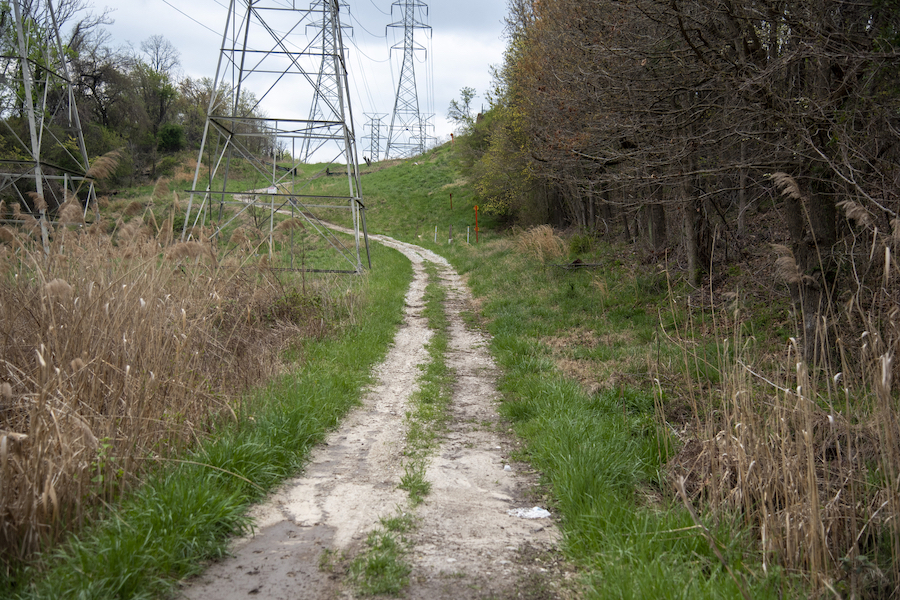
Scott Johnson, Community Coordinator, President of Friends of Herring Run Parks
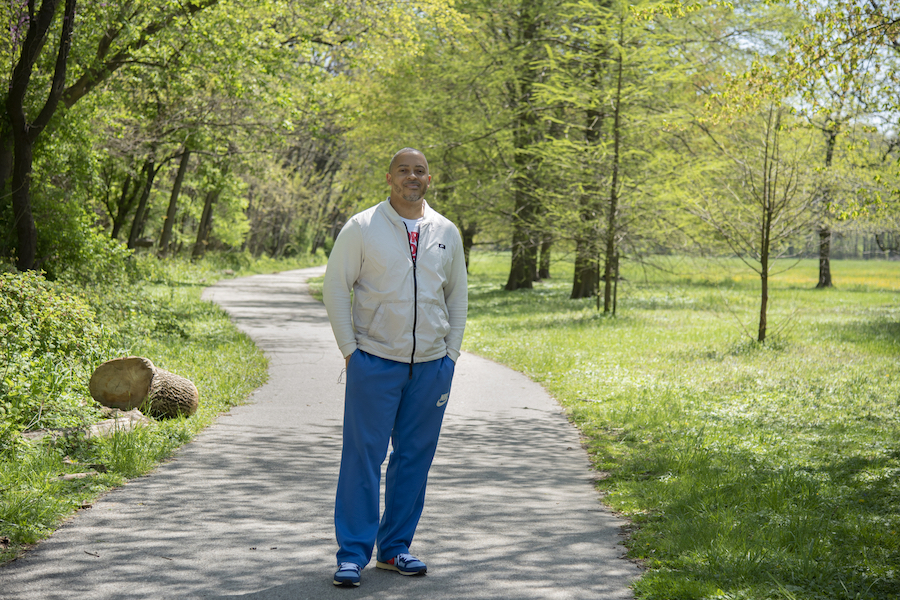
“With [the COVID-19 pandemic], people are stuck in their houses for all this amount of time. But if you’re able to access a beautiful park and get some fresh air and get out with your family and have a picnic in the park or take your bikes and go down a trail in the greenway, I think those things are really important; people just getting a chance to breathe again and get a new perspective and a new outlook on different things.”
For over 25 years, Scott Johnson has strived to better his community. Currently, he works toward this goal by serving as president of Friends of Herring Run Parks (FHRP), a community-based non-profit, and a community coordinator at a local school, just blocks from the park. Herring Run Park allows him to connect with the community and provides a space to teach his students the importance of exercise.
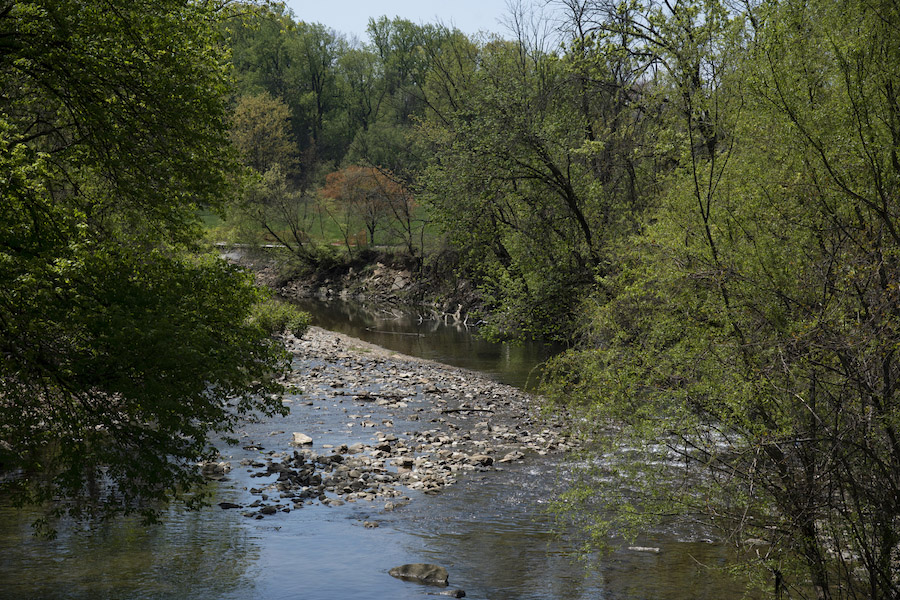
Trails have always been important to Johnson. As a child, he remembers using them to explore different neighborhoods safely and stay physically healthy. He says his goal is to continue that process for his community, and he hopes other people will use the trail to learn the “experience of exercise.”
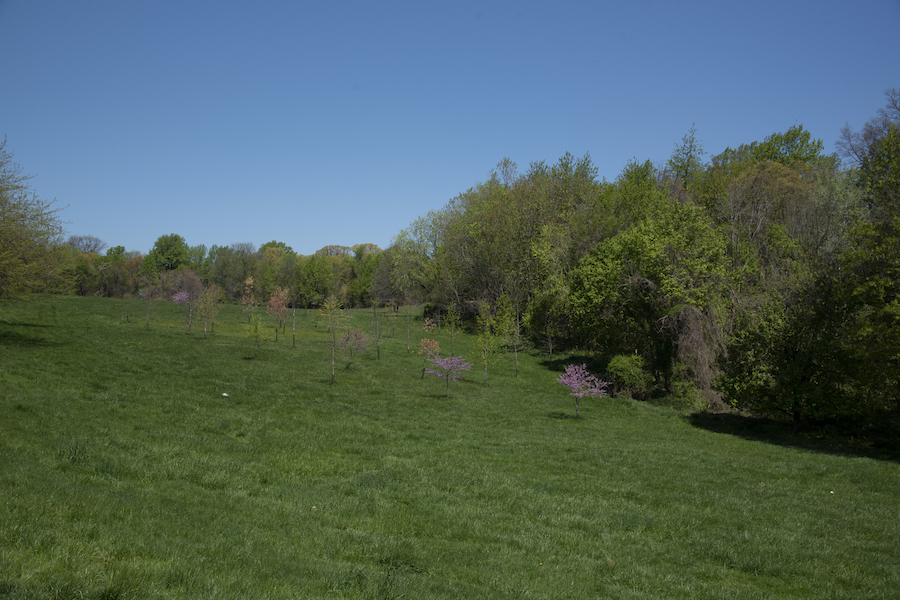
One of his Trail Moments came from biking with one of his students on the Herring Run Trail, which is part of the trail network. Usually, Johnson used an electric bike on the trail, but this time he was under his own power and struggled to make it to the top of a hill. His student said, “Mr. Johnson, I’ve never seen you so tired.” He said, “You’re right, son; I’m exhausted.” Johnson reflected on this moment when his student saw him in a way other than being a leader; he realized his student also viewed him as someone who needed assistance.
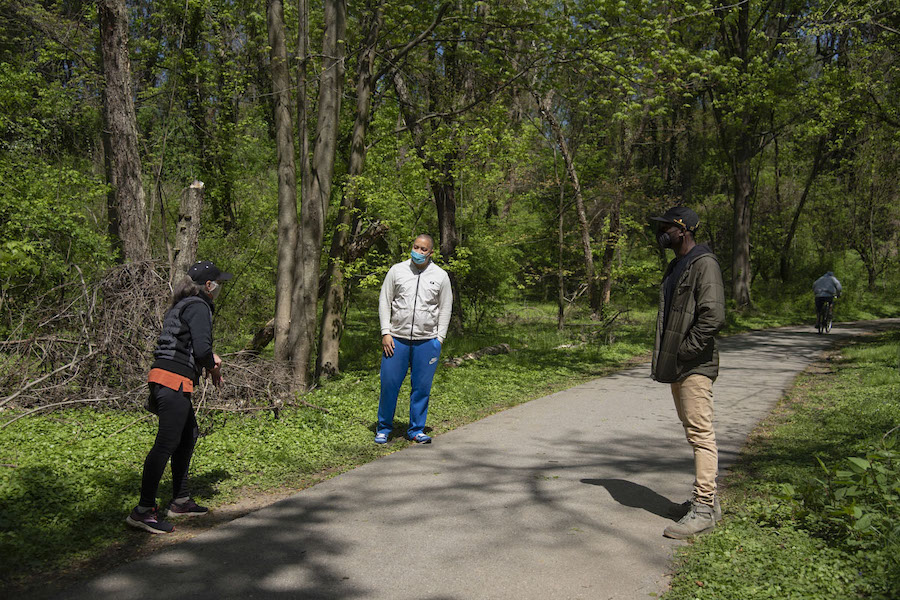
When the trail network is completed, Johnson believes that it will bring the city closer together and help break down barriers. By connecting multiple neighborhoods, the trail network has the power to build a shared experience that further connects the community. Johnson underscores that Baltimore’s “ability as a city to unite and build continuity of thoughts around family, community, exercise, employment, access; it’s really important for us to take the next step. … in that way that we’re able to make sure that we’re supporting all the different entities in those different neighborhoods.”
Bridget McCusker, President of Friends of Gwynns Falls Park
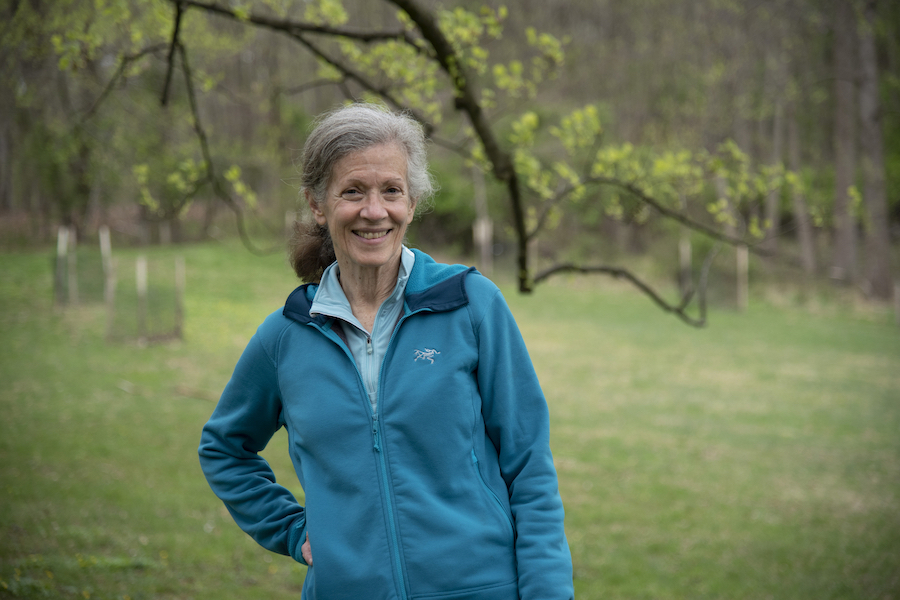
“It creates an awareness that there’s all kinds of areas in the city and there’s all kinds of people and it’s a bigger experience. You’re not just riding your bike in your little neighborhood around places that you want to be. I think it’s a better thing for all of us to get to know each other better.“
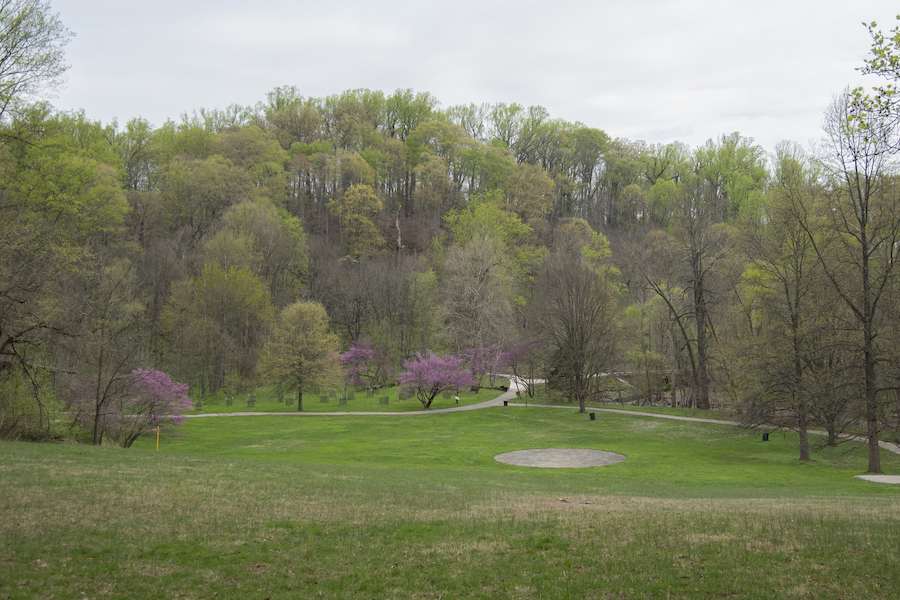
Bridget McCusker is the current president of Friends of Gwynns Falls/Leakin Park, a 1,200-acre park in West Baltimore that also happens to be one of the country’s largest urban wilderness parks in a city. She leads maintenance work and volunteer groups, and she believes parks can provide communities with peace of mind, especially during the pandemic.
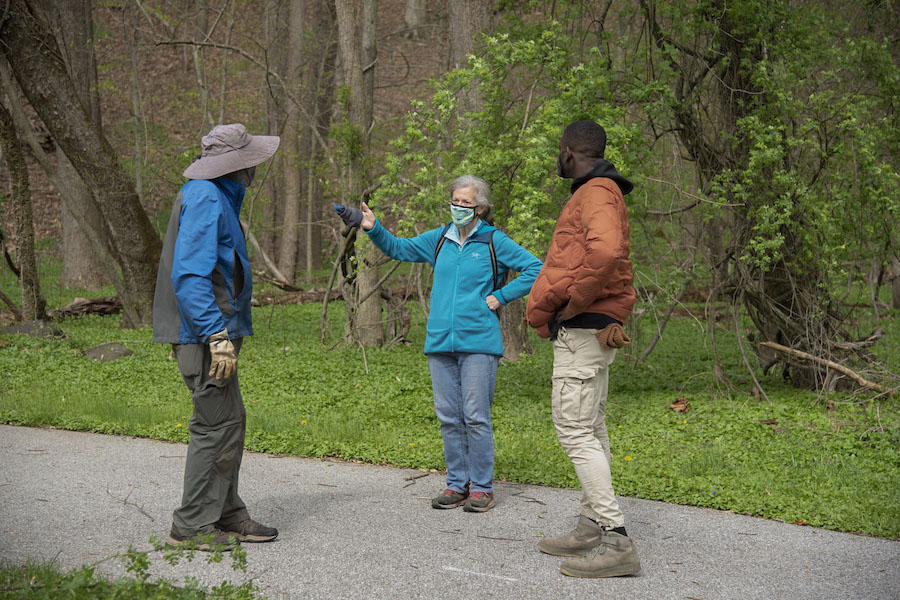
Throughout the COVID-19 pandemic, she’s seen trail usage soar with more people than ever in the park. Even while following safety measures to help keep volunteers safe, the friends group has averaged approximately 300 hours of volunteer work each month. Some volunteers that encourage her are the “super seniors,” a group of octagenarians committed to making the park an inviting place for all. Inspired by the belief that trails are for everyone, no matter their age, she plans to have opportunities for youth to teach them about trail development, invasive species and other basic skills training.
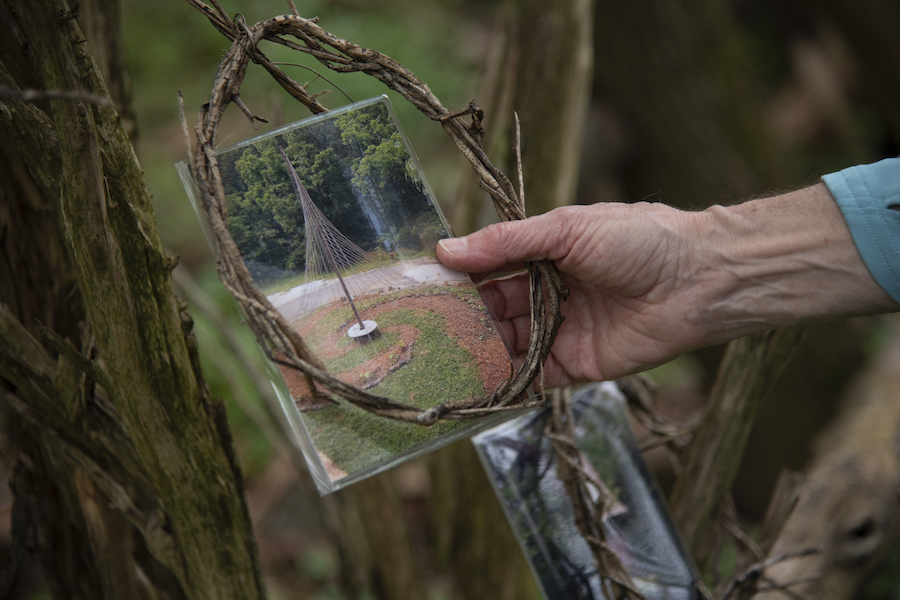
McCusker’s trail time is very therapeutic and allows her to breathe easier. She says that bike riding has health benefits as well as providing her a whole different perspective on life compared to driving in a car.
Brant Fisher, Former President of Brewers Hill Neighborhood Association
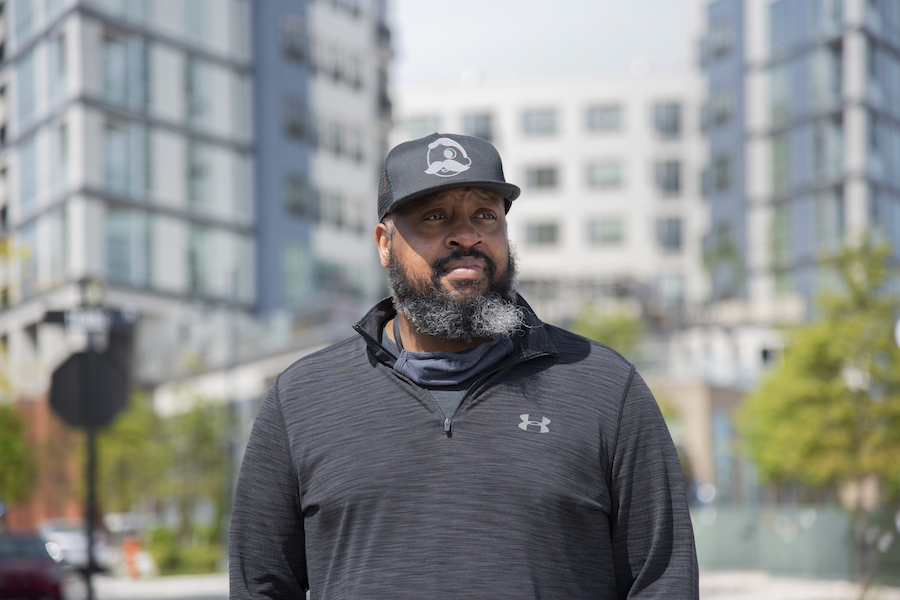
“Transportation as a whole, within cities, has its challenges. [The Baltimore Greenway Trails Network is] giving people other options to traverse the city, to get around outside of using a vehicle in a city that is highly populated with vehicles. I think that a lot of us rely on cars to get around. This will help alleviate some of that and give other options for people to navigate through city.”
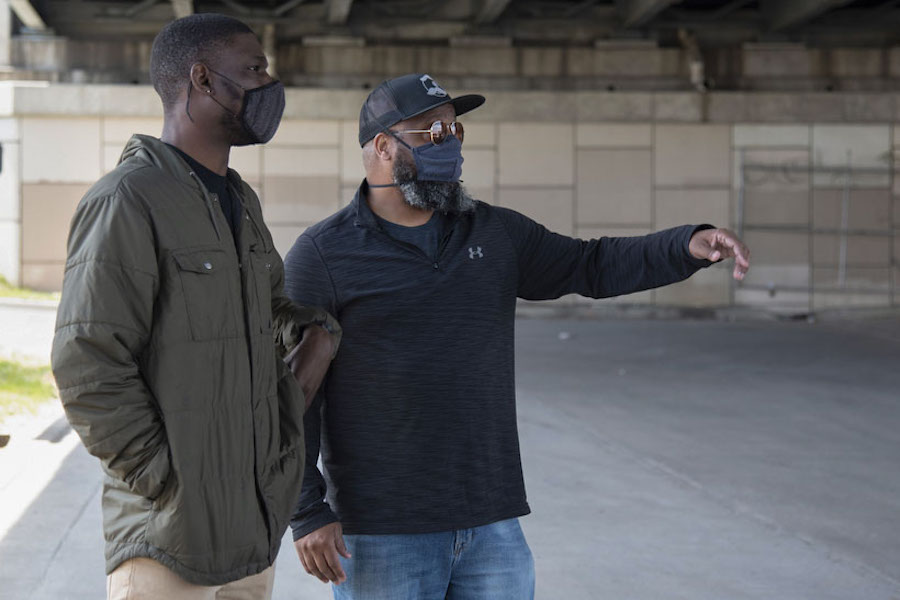
Brant Fisher has lived in the Brewers Hill neighborhood for 14 years and cares deeply about the well-being and future of his community. He just wrapped up his second term as president of his neighborhood association, which has been a multifaceted role. As a community representative, he is often in communication with local, city and state government officials as well as local businesses and community residents to learn their visions, plans and push for change.
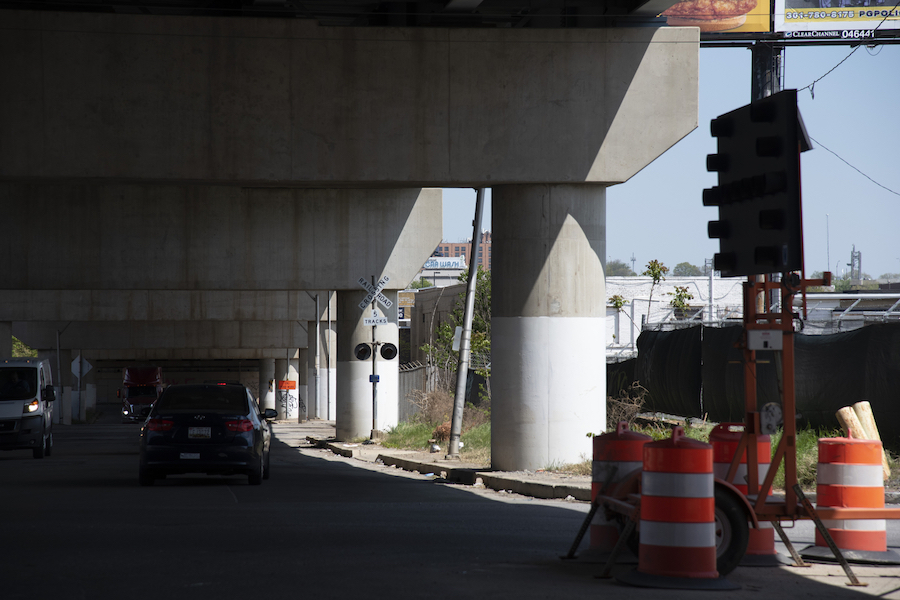
Although he loves and cares for his neighborhood, Fisher says that it lacks green spaces and that this has had a toll. Over the years, he’s noticed families leaving due to lots of concrete spaces and a lack of areas for kids to play that are free from heavily trafficked intersections. This led to his involvement with the working group for this the section of the trail network. This working group—which is made up of local community organizations, neighborhoods associations, local developers, and representatives from city agencies and political offices—is helping to steer the design process for a trail section that will run east along Boston Street and eventually connect Southeast Baltimore to Northeast Baltimore via a utility corridor and an unused rail corridor. This trail segment will also strengthen local connections in the area by linking to Canton Waterfront Park and providing increased access to other local amenities. On underpass columns along this section of future trail, Fisher envisions a mural project as an introduction to the trail in his neighborhood.
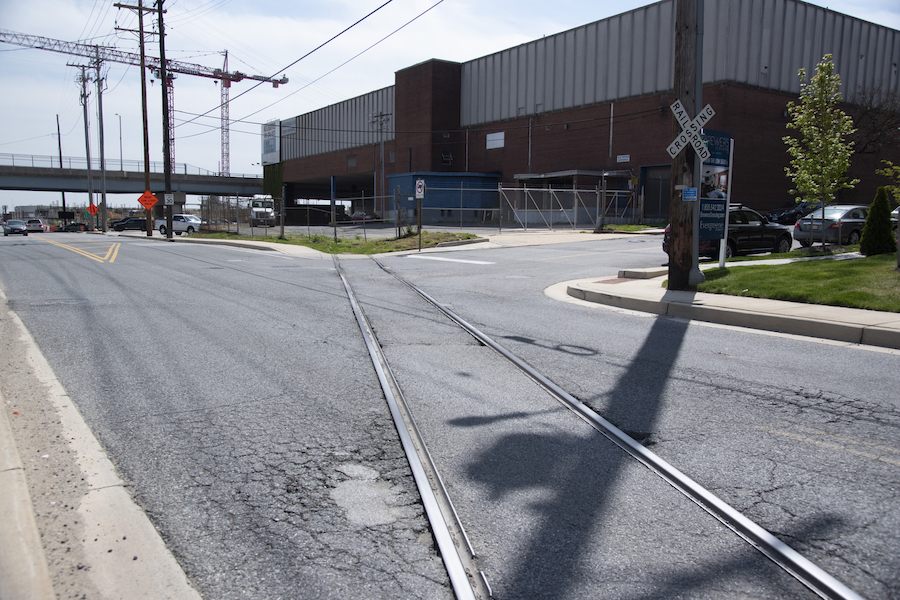
He believes the trail network is a solution to connect Brewers Hill with surrounding parks and that it will keep the community strong and add appeal for future homeowners. His personal favorite aspect of walking on the trail is the challenge. He considers himself a beginner on trails, so pushing himself with different difficulty levels has been rewarding.
This article is part of Rails-to-Trails Conservancy’s Trail Moments initiative—to elevate new and tried-and-true trail voices around the country, and how trails have impacted the lives of Americans during COVID-19. Learn more at trailmoments.org and #TrailMoments on social media.

Donate
Everyone deserves access to safe ways to walk, bike, and be active outdoors.
